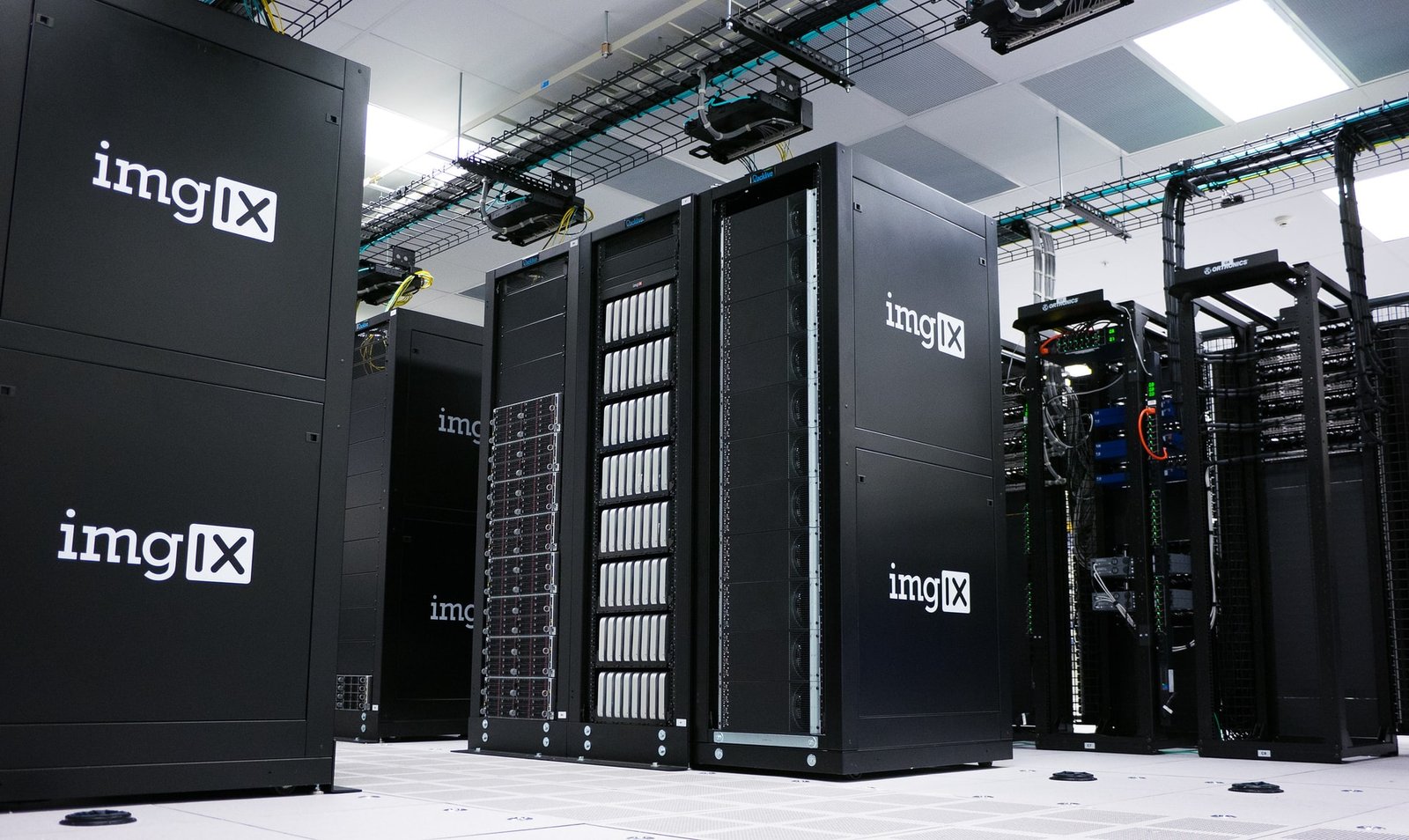As data center infrastructure becomes more and more complex, the need for data center infrastructure management (DCIM) tools becomes more critical. DCIM tools help managers gain visibility into and control over their data center infrastructure, which in turn can help them improve efficiency, optimize capacity, and reduce costs.
DCIM is a term used to describe the various tools and processes used to manage data centers as mini-networks. The goal of DCIM is to improve the efficiency and performance of data centers by improving the management of resources such as energy, space, and cooling. In this article, we’ll take a look at the top benefits of data center infrastructure management.
Optimized Resource Allocation

The first benefit of DCIM is optimized resource allocation. DCIM tools allow data centers to see how their resources are being used and identify opportunities for improvement. For example, if a server is underutilized, the DCIM tool can recommend moving the workload to another server. This can result in significant cost savings by reducing energy usage and cooling costs.
Another benefit of using a DCIM tool is improved physical security. With a visual map of the data center, administrators can quickly identify any potential security issues and address them immediately. Additionally, DCIM tools can help with capacity planning, so administrators can prepare for future growth and ensure that they have enough resources to meet demand.
Enhanced Security Posture
Another key benefit of data center infrastructure management is increased security posture. A data center’s security posture is its overall resistance to attack and how well it can protect its systems and data. A good DCIM system can help improve a data center’s security posture by providing comprehensive visibility into all devices and systems in the data center, as well as their status and health. This information can help identify potential vulnerabilities and make it easier to quickly address any issues that may arise.
Reduced Costs and Optimized Resources
Another advantage of DCIM is reduced costs and optimized resources. By using DCIM, companies can save money on energy costs, cooling costs, and space requirements. In addition, DCIM systems can help to optimize resource utilization by improving the efficiency of data center operations. This results in improved performance and increased capacity for businesses.
Additional Key Benefits

DCIM is a critical tool for ensuring the efficiency and performance of data centers. By monitoring and managing all aspects of the data center infrastructure, DCIM can help organizations resolve problems faster and improve overall performance. Some of the top benefits of using DCIM include:
Faster problem resolution – With comprehensive information about all aspects of the data center infrastructure, DCIM makes it easier to quickly identify and resolve problems. This can save time and money by minimizing downtime and improving efficiency.
Improved performance – The real-time monitoring capabilities of DCIM allow you to constantly track the performance of your data center and make adjustments as needed. This will result in improved overall performance and increased capacity utilization.
Better planning – Properly utilizing DCIM tools can help you plan for future growth more effectively. This leads to increased efficiency and reduced costs in the long run.
Increased visibility into operations – The detailed reporting capabilities of most DCIM solutions provide a greater level of visibility into data center operations than ever before. This enables organizations to make more informed decisions about how to best optimize their infrastructures.
Overall, the benefits of data center infrastructure management are significant and include cost savings, improved efficiency, increased security, and better management of resources. By taking a proactive approach to data center infrastructure management, businesses can realize the full potential of their data center operations and achieve their business goals.

